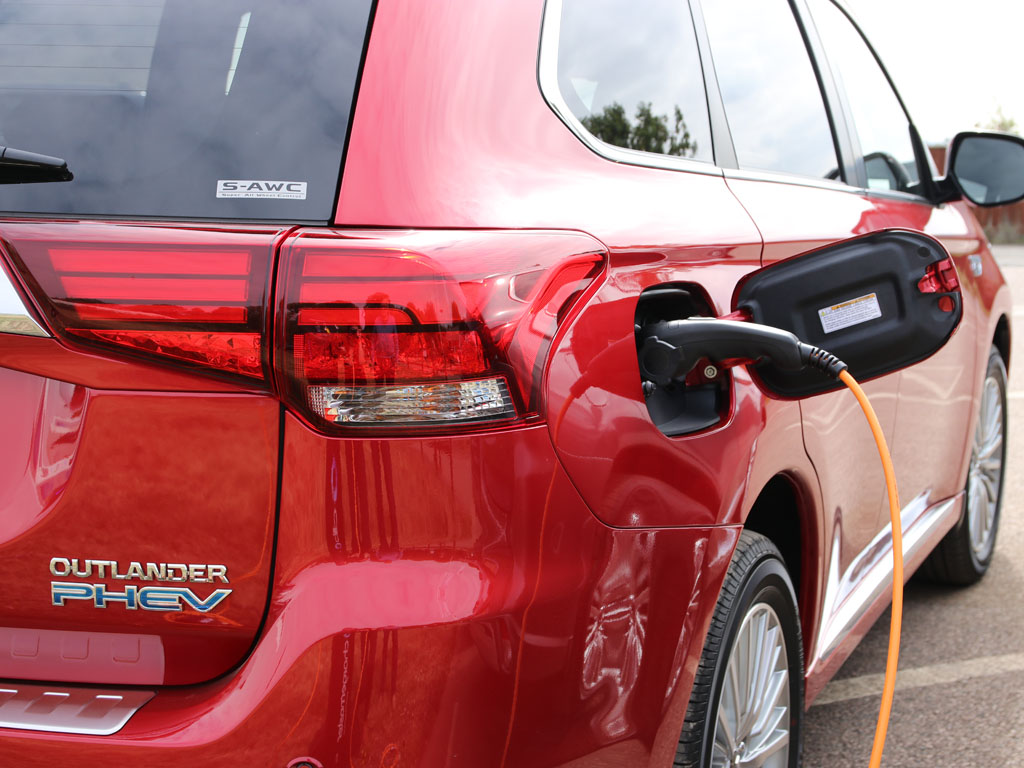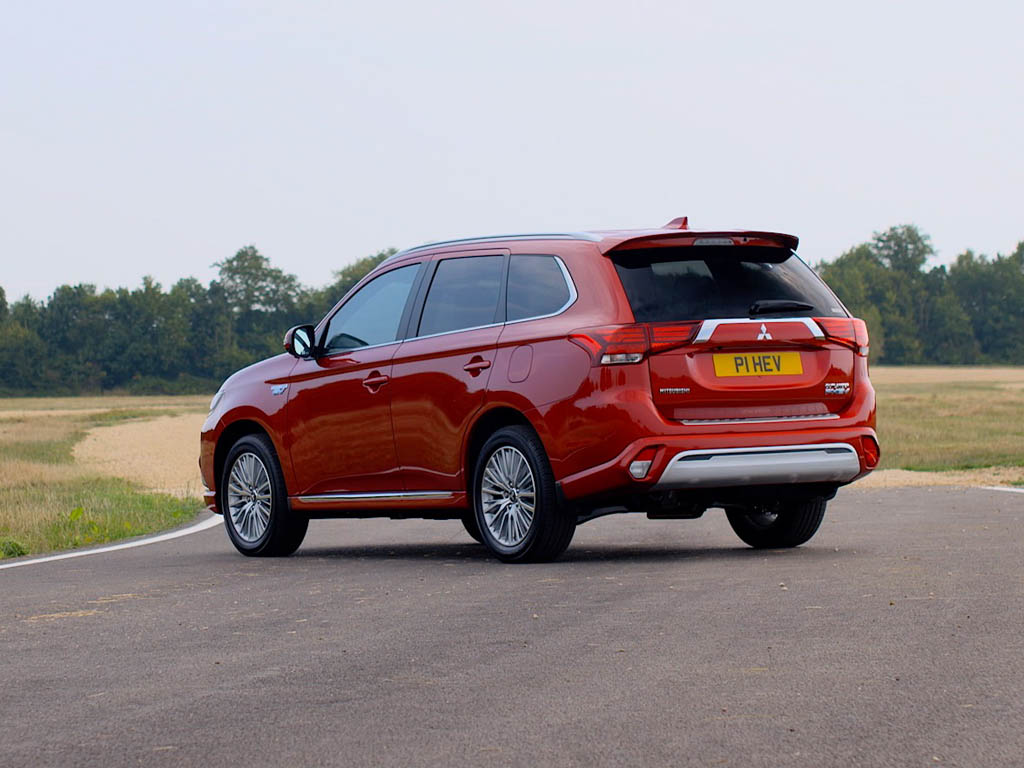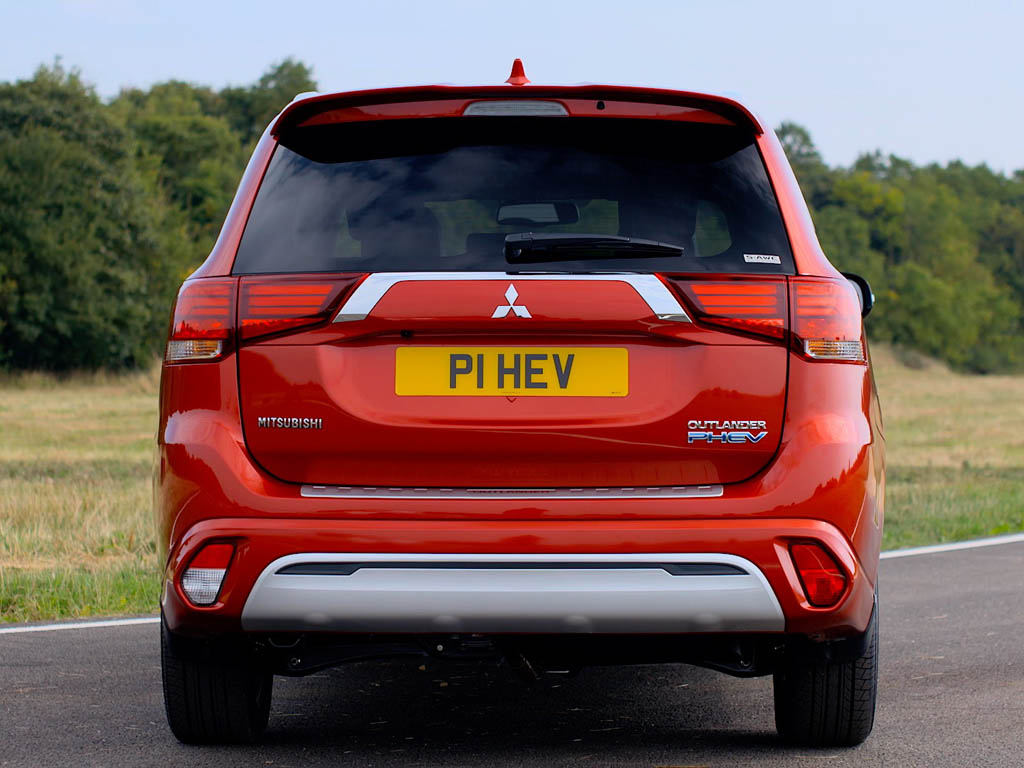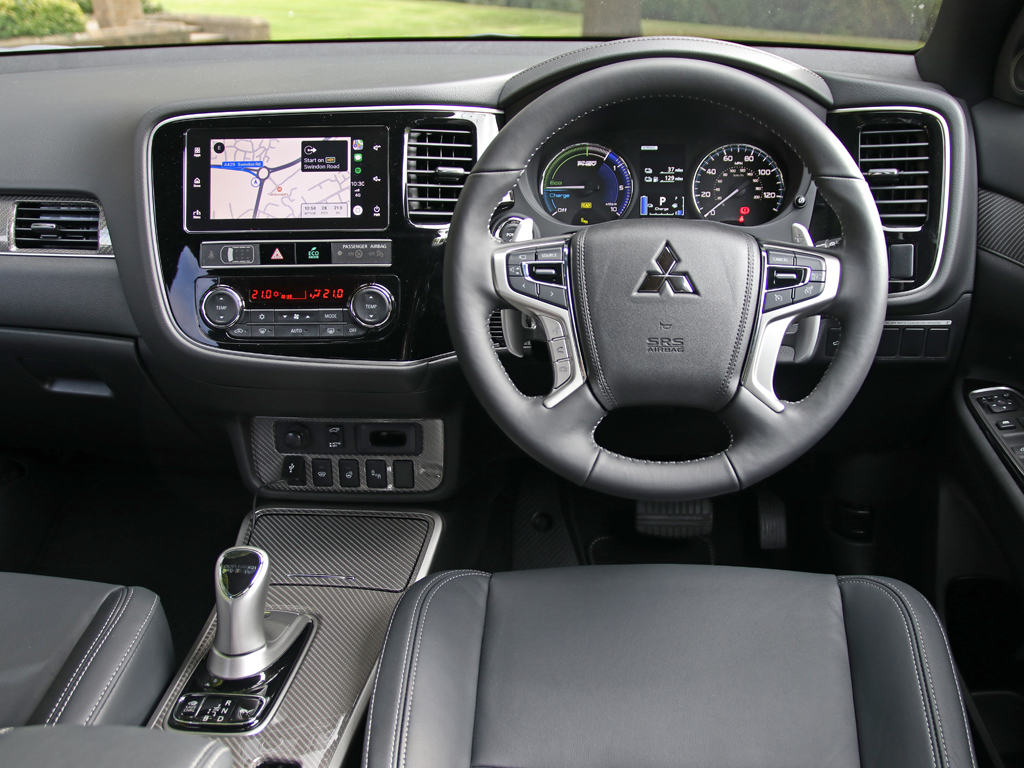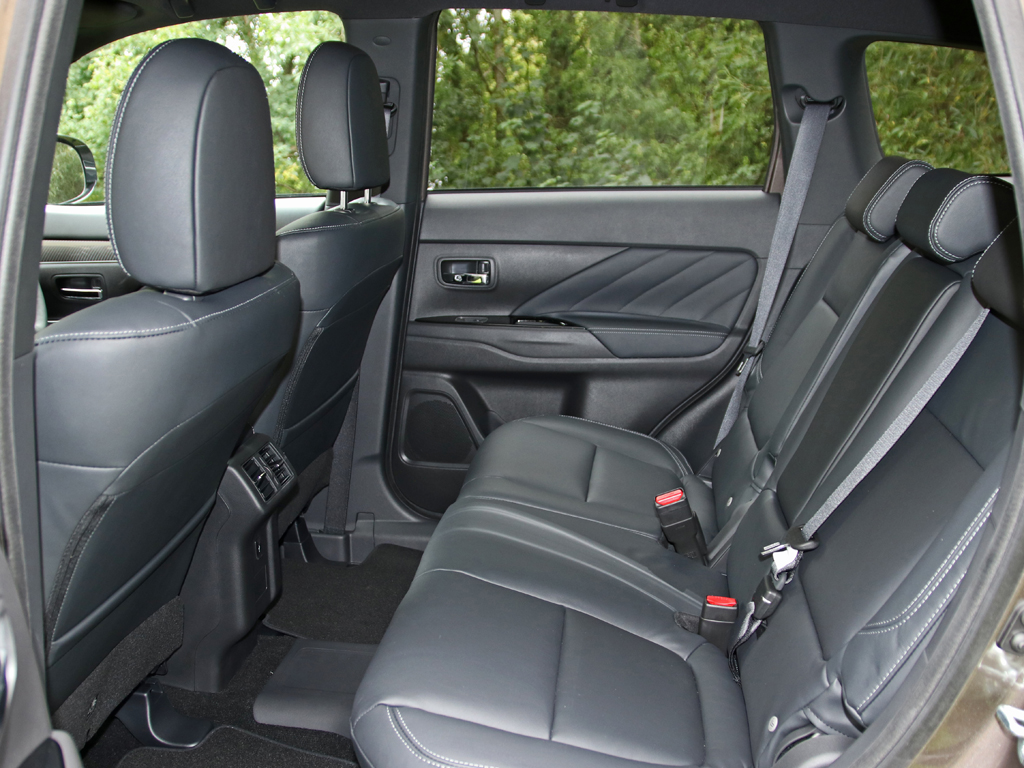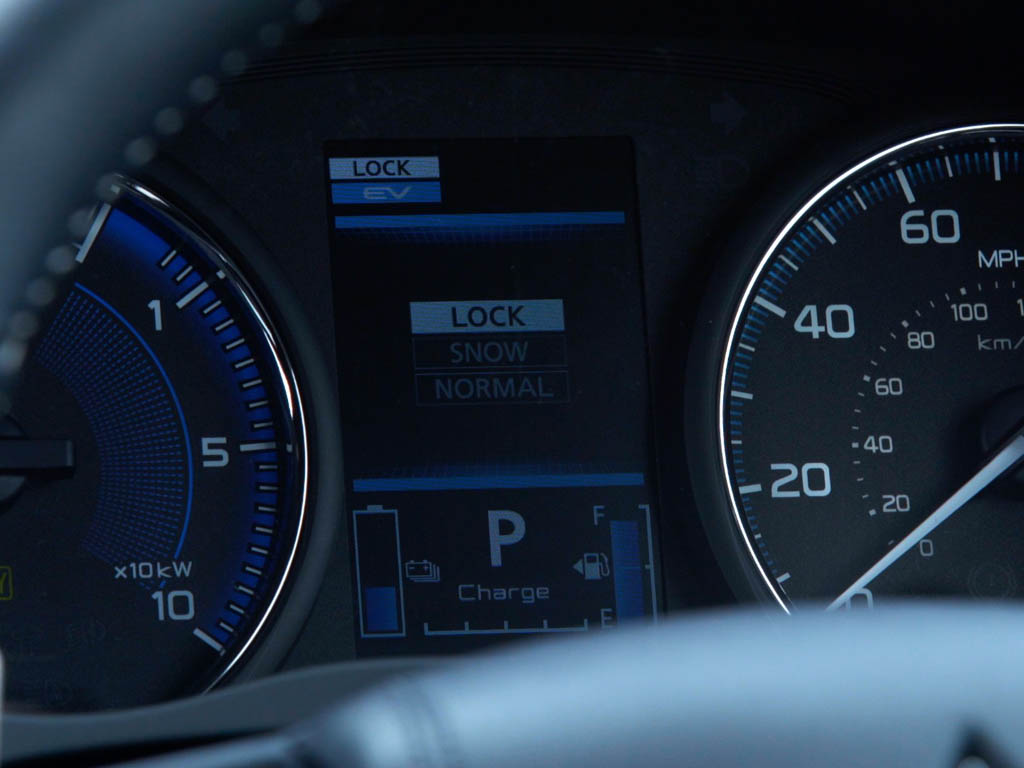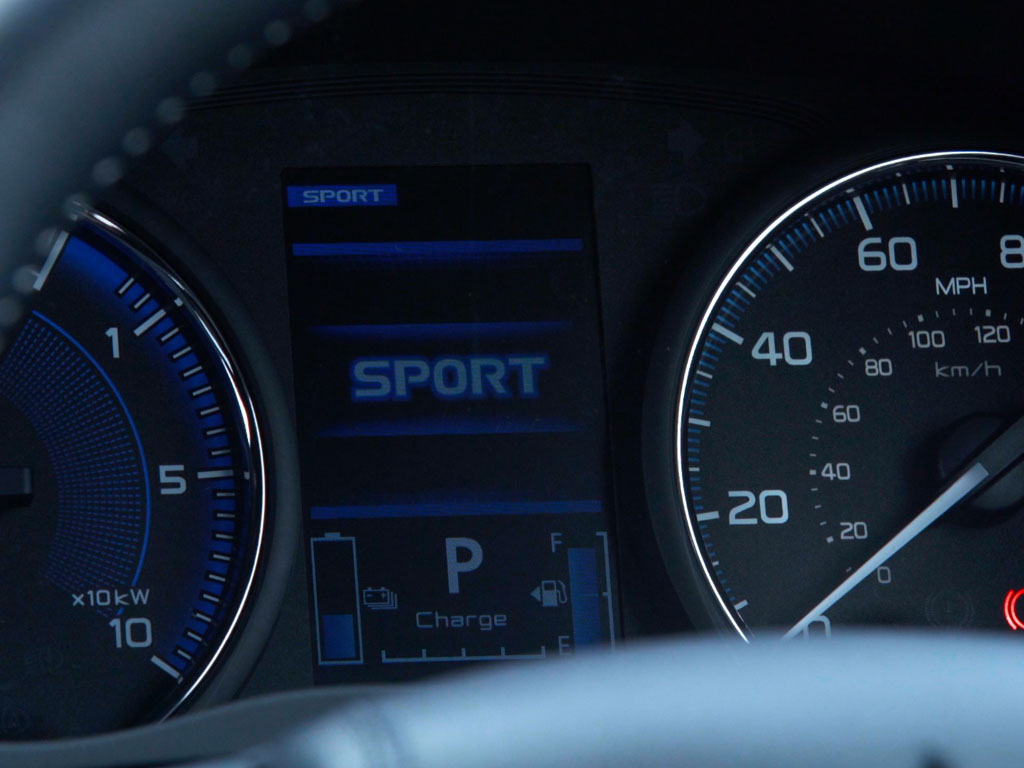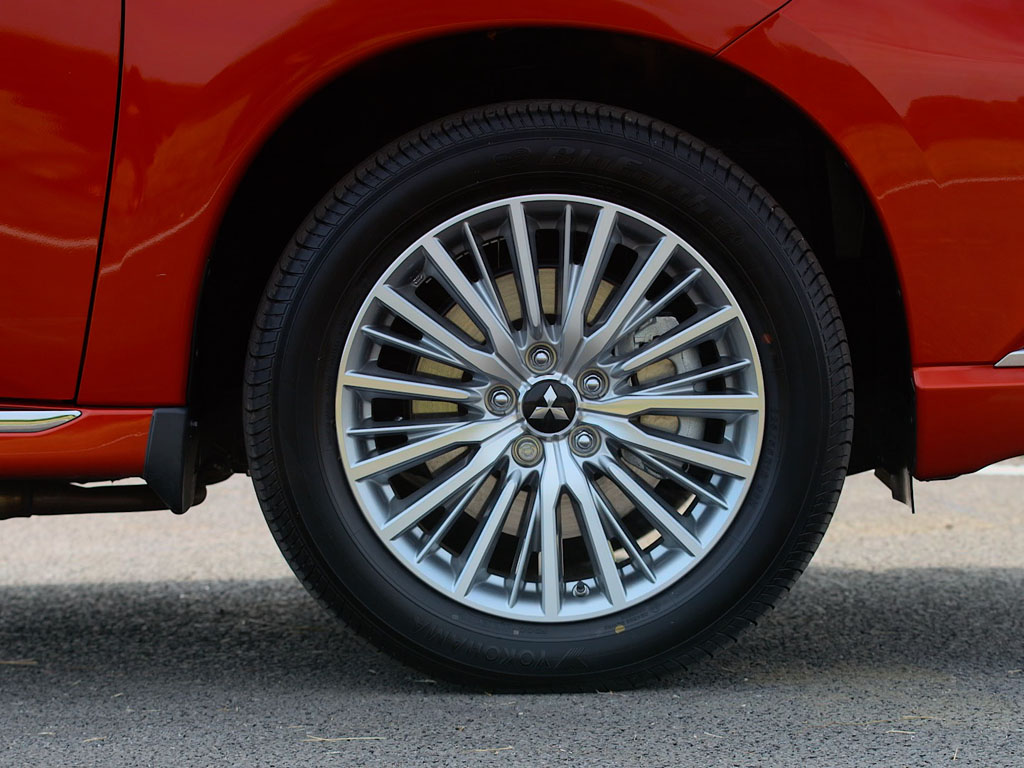Road Test: Mitsubishi Outlander PHEV
Does Mitsubishi’s latest reworking of the popular plug-in make it any better? Jonathan Musk finds out…
- Mitsubishi Outlander PHEV
- Mitsubishi Outlander PHEV
- Mitsubishi Outlander PHEV
- Mitsubishi Outlander PHEV
- Mitsubishi Outlander PHEV
- Mitsubishi Outlander PHEV
- Mitsubishi Outlander PHEV
- Mitsubishi Outlander PHEV
- Mitsubishi Outlander PHEV
- Mitsubishi Outlander PHEV
- Mitsubishi Outlander PHEV
- Mitsubishi Outlander PHEV
- Mitsubishi Outlander PHEV
- Mitsubishi Outlander PHEV
- Mitsubishi Outlander PHEV
SECTOR Large SUV PRICE €37,990-€50,590 FUEL 2.0l/100km* CO2 46g/km**
A fleet favourite for its fuel-sipping credentials; despite its size, weight and space, the Mitsubishi Outlander PHEV sells almost half its volume to fleets.
Key changes include a 15% larger battery (now 13.8kWh), a 10% more powerful electric motor and a larger-capacity 2.4-litre petrol engine, which is able to switch between Otto and Atkinson-cycles depending on demand, making it even more frugal than the outgoing 2.0-litre petrol unit.
The headlines: 2.0l/100km* and 46g/km** CO2 – and that’s ‘full’ WLTP data. EV driving range is 45km WLTP, or 55km in a city – and it really does this, during our time with the car, we managed 48km with ease.
Mitsubishi reckons people can save a lot of money, depending on their driving circumstances and current car by switching to plug-in hybrid power. As with most plug-in hybrids, whole-life costs come into play, and country-dependent estimated tax savings can be as high as €15.5k over three years for company car drivers when compared to a comparable diesel SUV. However, should you travel above average distances regularly, Mitsubishi will pragmatically point you in the direction of the diesel Outlander.
Out and about, the car feels more at ease than the outgoing model, especially thanks to the more powerful electric motors that allow greater acceleration and top speed – enabling the PHEV to be more EV than petrol assistant. When fuel is burnt, however, the new engine does so smoothly without any transfer noise. With a power increase from 120 to 135hp and 190 to 211Nm torque, it’s a modest improvement on paper but feels more suited to the car.
Economy facts and figures have suffered minutely in the switch from NEDC to WLTP, but in reality the longer electric range allows for more economical results – seeing 0.77l/100km on the trip computer after a 64-kilometre journey says it all, while doing a similar journey in the outgoing model offered around 1.75l/100km – both impressive, but clearly if doing fewer than 64km a day, there are significant savings to be had.
Subtle changes have been made inside and are largely cosmetic, though there’s a new reliance on a smart phone connection to supply sat nav via Android Auto or Apple CarPlay, with no integrated solution offered, and an electronic hand brake replaces the old manual one.
The ‘Basis’ model starts from €37,990, though in Germany can currently be had for €29,990 after incentives. It’s equipped with sensible EV-friendly options too, including a heated windscreen and seats, as well as an electric pre-heater. In practice these should make a significant difference during winter months, as the car can be pre-conditioned using grid rather than battery power.
Mitsubishi has made sensible changes to enhance its already appealing plug-in package. With a real-world electric range in the high 40s, it’s genuinely usable as an EV, yet the quiet and reasonably refined petrol unit doesn’t break the bank when it takes over. With keen pricing, this is maximum bang-for-buck motoring and should remain a top fleet pick.
The Verdict
How plug-in hybrids should be: practical to live with and economical to run. The Outlander PHEV continues to tick a lot of boxes.
*WLTP **NEDC Correlated

